Last week, i visited the Sony World Photography Awards 2012 at Somerset House. I object to paying £7.50 to see and exhibition which title starts with the name of a brand. I feel cheated when the show closes with a shop selling goods manufactured by the above-mentioned brand and i don’t look kindly to being forbidden to take pictures (which i do mostly because it helps me document an exhibition i plan writing about) because that would mean that i won’t shell out more ££ to buy the booklet of the exhibition. That said, the photos selected and exhibited are so remarkable that i still feel like recommending that you go and see the World Photography Awards if you’re in London.
Here’s some of my favourite images.
Starting with the ones i’d buy if i could afford it.
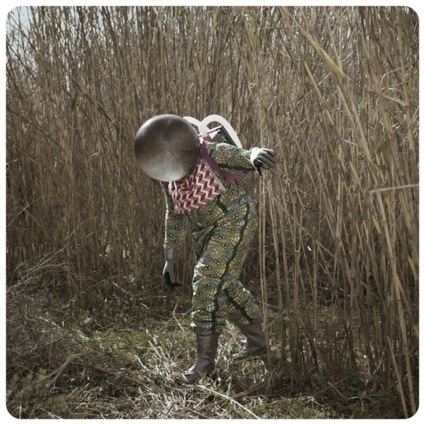 Cristina De Middel, The Afronauts series 10, 2012
Cristina De Middel, The Afronauts series 10, 2012
Cristina de Middel‘s The Afronauts won 2nd prize in the Conceptual category. The series pay homage to Zambian school teacher Edward Makuka Nkoloso, who started an unofficial space program in his home country in 1964. His ambition was not only to beat the Americans and Russians to the moon but also to send a rocket with twelve astronauts and ten cats to Mars. Fundings for the Zambian space programme never materialized.
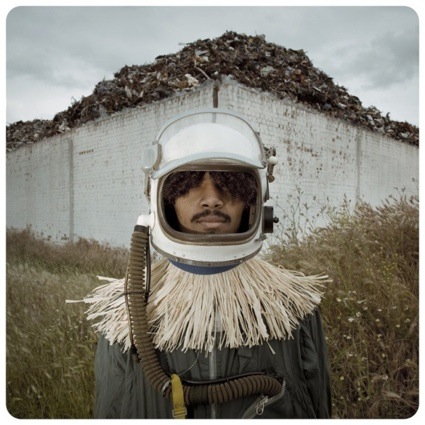 Cristina De Middel, The Afronauts series 10, 2012
Cristina De Middel, The Afronauts series 10, 2012
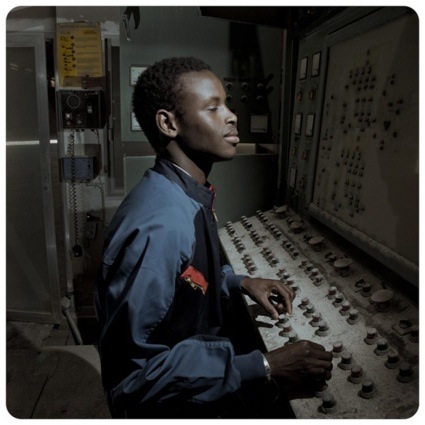 Cristina De Middel, The Afronauts series 10, 2012
Cristina De Middel, The Afronauts series 10, 2012
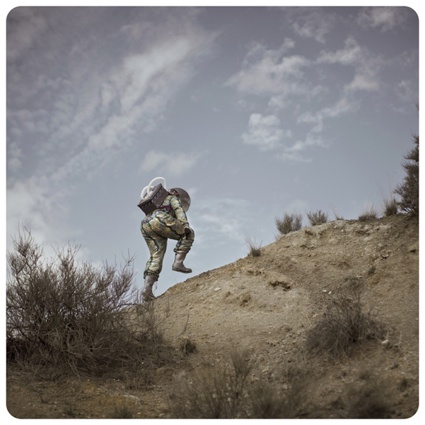 Cristina De Middel, The Afronauts series 10, 2012
Cristina De Middel, The Afronauts series 10, 2012
Next on my list is the 3rd prize in the Sport category because you don’t often see politics and social issues covered in a winning Sport photo series:
Andrew McConnell reports on Gaza Surf Club. Under Israeli blockade, the Gaza Strip is regularly referred as ‘the largest open-air prison on earth’. With no recreational space to speak of, the Mediterranean, alluring in spite of the sewage, is an immense source of release for the local population. Surf is still a fledging sport, numbers being kept low by a dearth of equipment.
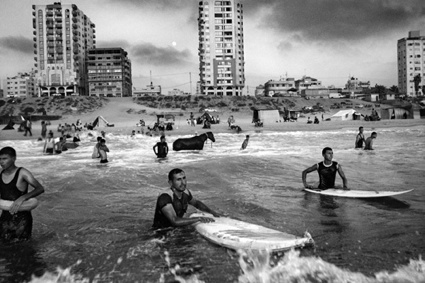 Andrew McConnell. From the series Leaving Gaza
Andrew McConnell. From the series Leaving Gaza
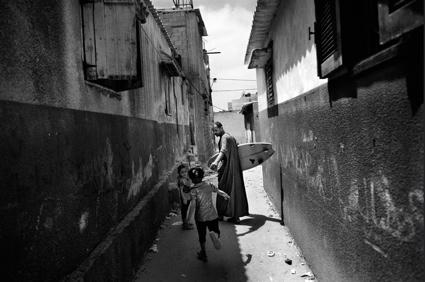 Andrew McConnell. From the series Leaving Gaza
Andrew McConnell. From the series Leaving Gaza
I was quite taken by the Winner of the Nature and Wildlife category:
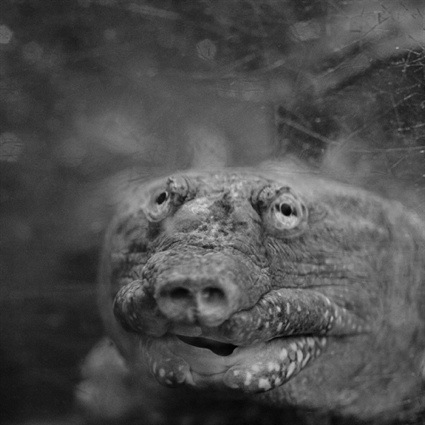 Jacek Kusz, Burmese Peacock Softshell Turtle. Zoo Wroclaw, Poland
Jacek Kusz, Burmese Peacock Softshell Turtle. Zoo Wroclaw, Poland
And now in no particular order:
Alejandro Cartagena‘s Car Poolers won the 3rd prize in the People category for the images he took between 7 and 9:30 AM on one of the busiest highways in Monterrey, Mexico. They offer an intimate view on how car-pooling is practiced by workers in Mexico but also reflect the excessive growth in Mexico where suburbs are being built far from the urban centers, leading to greater commutes and consumption of fossil fuels.
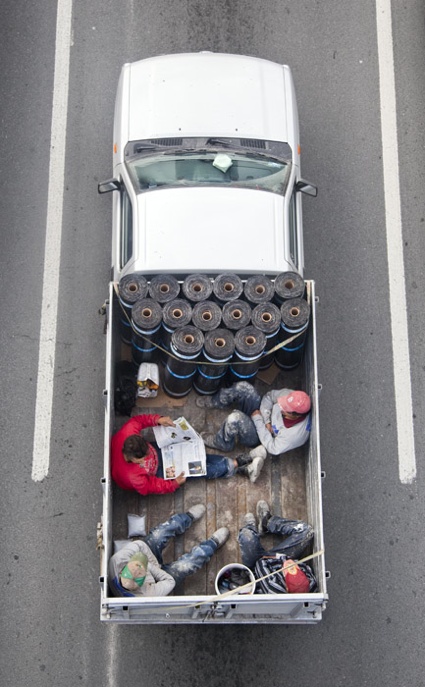 Alejandro Cartagena, Untitled Car Pooler #3
Alejandro Cartagena, Untitled Car Pooler #3
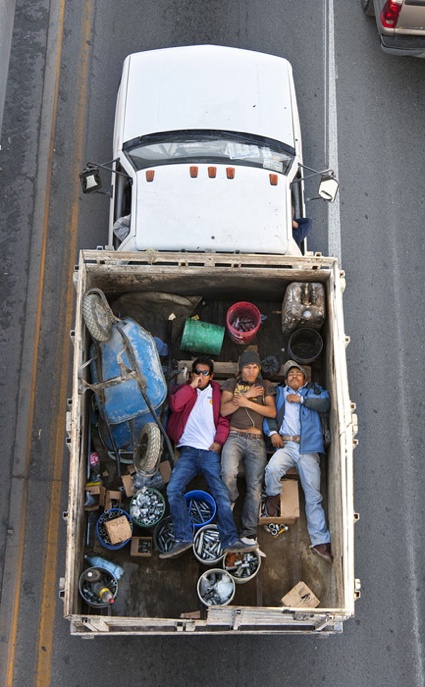 Alejandro Cartagena, Untitled Car Pooler #13
Alejandro Cartagena, Untitled Car Pooler #13
Donald Weber was one of the first photographer allowed to enter the exclusion zone that surrounds the Fukushima Daiichi nuclear power plant. He’s the winner of the Current Affairs category. “Odaka lies on the north-eastern coast of Japan. It was once home to 13,000 people, but today it is almost a ghost town. When the earthquake and tsunami of 11 March (2011) triggered blasts at the Fukushima Daiichi nuclear plant, a 20km radius exclusion zone was imposed by the Japanese government.”
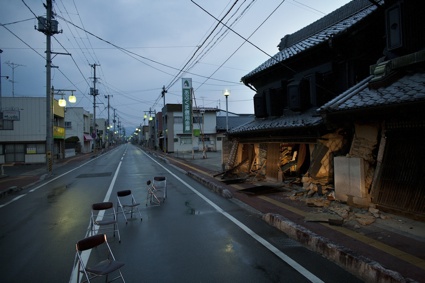 Donald Weber, Life in the Exclusion Zone, Fukushima, Japan
Donald Weber, Life in the Exclusion Zone, Fukushima, Japan
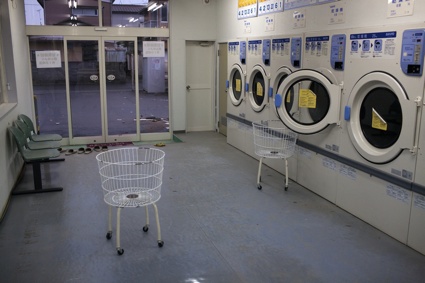 Donald Weber, Life in the Exclusion Zone, Fukushima, Japan
Donald Weber, Life in the Exclusion Zone, Fukushima, Japan
Weber’s shots find a sad echo in the 3rd prize of the Still Life category. Rena Effendi met some of the people who, 25 years since the Chernobyl nuclear catastrophe, still inhabit the restricted area around Reactor 4, named the Zone of Alienation. They are mostly elderly women who chose, just days after the accident, to return home. They live alone, harvesting contaminated food and berries known to absorb radiation, having outlived their husbands and children.
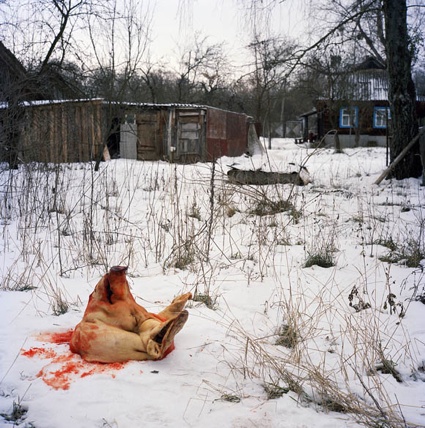 Hanna Zavorotnya butchered a pig for the New Year holidays in Kapavati village. Chernobyl, Ukraine
Hanna Zavorotnya butchered a pig for the New Year holidays in Kapavati village. Chernobyl, Ukraine
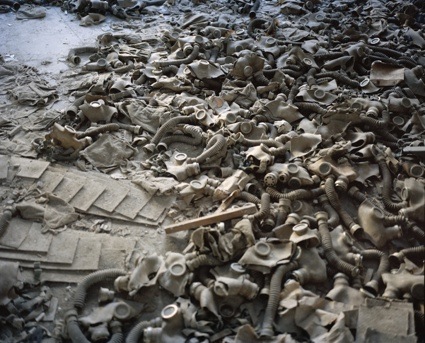 Gas masks scattered on the floor of a school lobby in the abandoned city of Prypiats. Chernobyl, Ukraine
Gas masks scattered on the floor of a school lobby in the abandoned city of Prypiats. Chernobyl, Ukraine
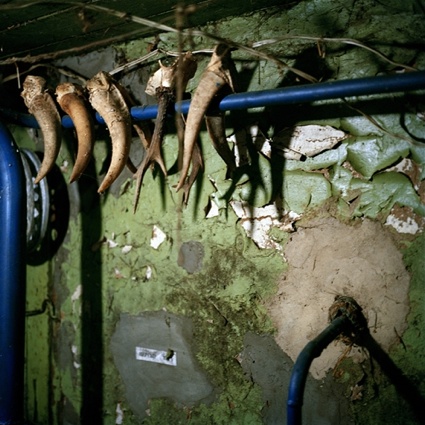 Horns of deer in Galina Konyushok’s shed, hunted and consumed in the Zone. Hunting and farming is forbidden due to high radioactive contamination levels in local vegetation. Chernobyl, Ukraine
Horns of deer in Galina Konyushok’s shed, hunted and consumed in the Zone. Hunting and farming is forbidden due to high radioactive contamination levels in local vegetation. Chernobyl, Ukraine
Alessandro Grassani (3rd prize in contemporary issues) spent part of a Winter in Mongolia, a country of 3.000.000 inhabitants, almost half of them living on top of each other in the capital, Ulaan Baator. With the Dzud, the hard Mongolian winter, becoming longer and snowier, thousands of nomad herdsmen, who saw their animals die of cold, were forced to move their Gher to migrate towards Ulaan Baator, in the slum which has developed around the city known as “Gher District”.
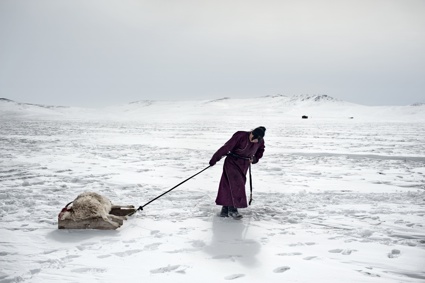 Alessandro Grassani, Environmental migrants: the last illusion. Ulaanbaatar, Mongolia
Alessandro Grassani, Environmental migrants: the last illusion. Ulaanbaatar, Mongolia
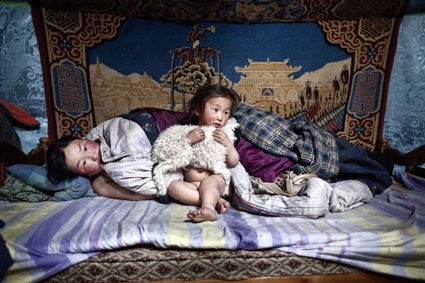 Alessandro Grassani, Environmental migrants: the last illusion. Ulaanbaatar, Mongolia
Alessandro Grassani, Environmental migrants: the last illusion. Ulaanbaatar, Mongolia
3rd in the Nature and Wildlife category is Palani Mohan‘s work following the world’s last remaining eagle hunters. For centuries, Kazakh nomads have roamed the steppe. When the modern borders were drawn, the Kazakhs found themselves cut off from their homeland, forced to settle on the arid, wind=scoured plains and foothills of the Altai mountains of western Mongolia.
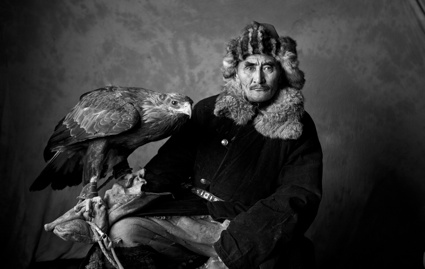 Palani Mohan, Kazakh Eagle Hunters
Palani Mohan, Kazakh Eagle Hunters
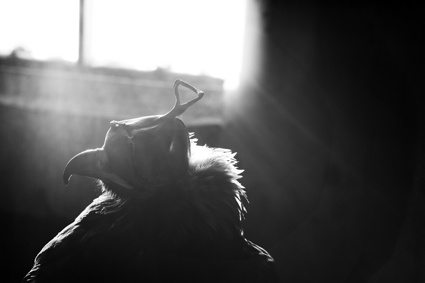 Palani Mohan, Kazakh Eagle Hunters
Palani Mohan, Kazakh Eagle Hunters
I should stop going to these photo exhibitions, they’ve made me obsessed with Mongolia.
Nature and Wildlife was a very strong category. The 2nd prize went to:
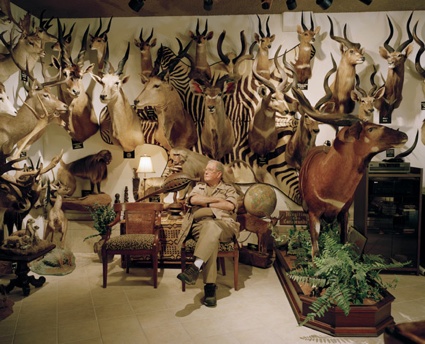 David Chancellor, Safari Club, Dallas, Texas, from the series Hunters
David Chancellor, Safari Club, Dallas, Texas, from the series Hunters
Mitch Dobrowner won the Iris Photographer of the year with a series that portrays storm systems in Tornado Alley.
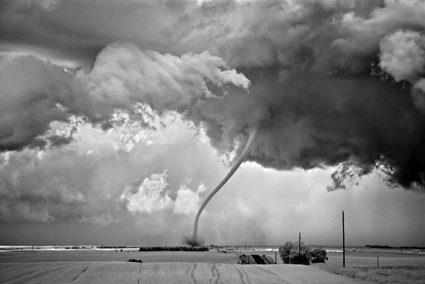 Mitch Dobrowner, Rope Out. Regan, North Dakota
Mitch Dobrowner, Rope Out. Regan, North Dakota
The Sony World Photography Awards 2012 can be seen at Somerset House, London, until 20 May 2012.
